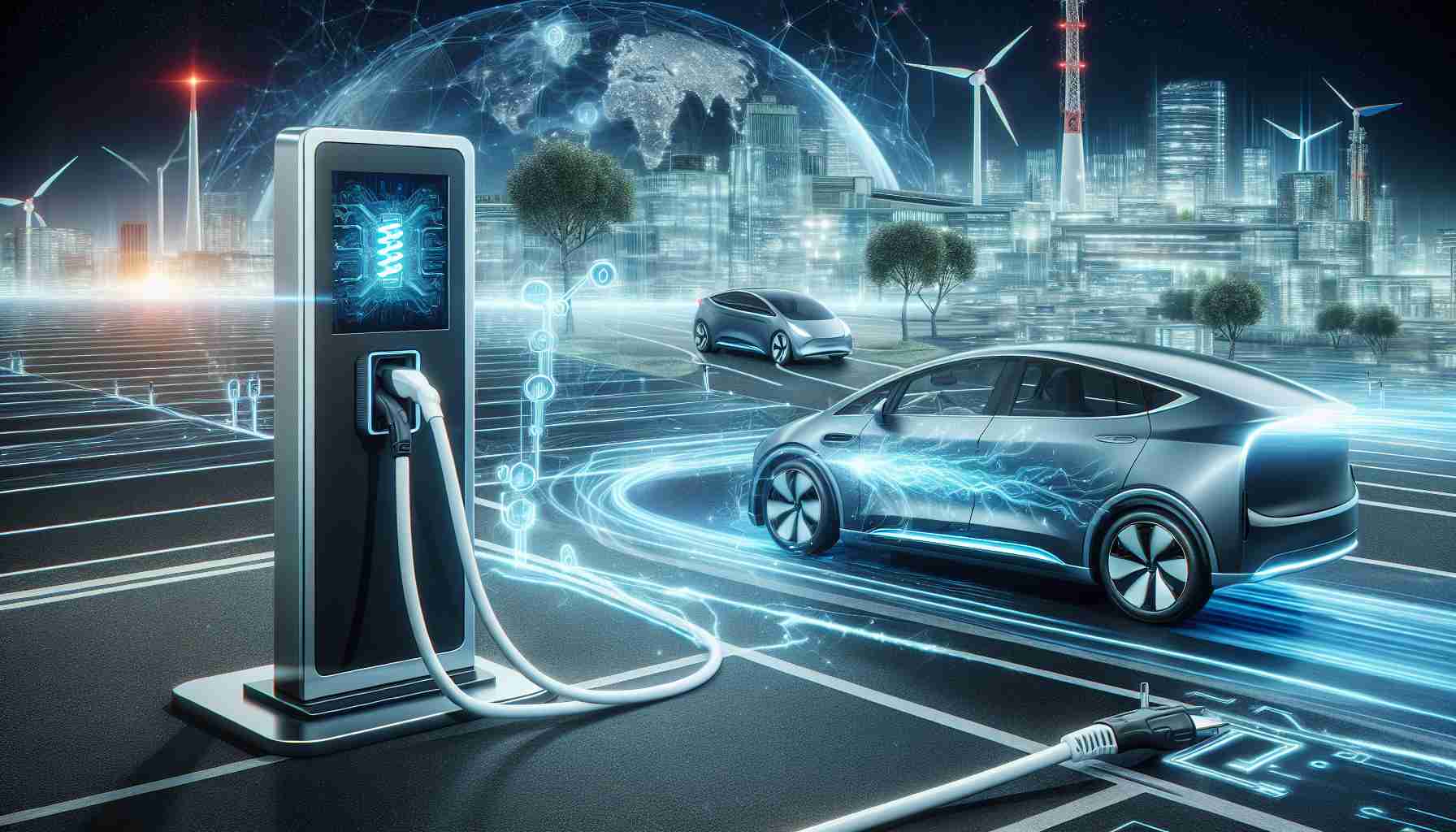The integration of electric vehicles (EVs) with the power grid has long been a goal for clean energy enthusiasts, and now, advancements in technology standards are bringing this vision closer to reality. Professor Willett Kempton from the University of Delaware has been at the forefront of this movement, pioneering vehicle-to-grid (V2G) technology since 2007. His team’s efforts have not only led to groundbreaking experiments but have also contributed to the development of a technology standard, SAE J3068, aimed at enabling mass-market V2G adoption.
SAE International, the automotive standards organization, recently adopted key new V2G capabilities for the SAE J3068 standard. These capabilities, according to Kempton, offer a practical, low-cost, and implementable solution to transform every EV into a roaming grid battery. The hope is that automakers will quickly integrate these capabilities into their EV models, while utilities invest in the necessary communication and control systems.
The adoption of the new standard poses significant benefits for both EV owners and the power grid. EV owners could potentially earn extra money by utilizing their spare battery power, alleviating stress on the grid during peak demand periods. To test these standardized capabilities, the University of Delaware’s team plans to launch a pilot project with Delmarva Power, a Delaware-based utility owned by Exelon.
However, V2G integration faces challenges, particularly with regards to providing utilities with the necessary data points for secure power transfer. The level of complexity increases when EVs themselves, rather than charging stations, communicate with utilities. The most cost-effective charging stations, Level 1 and Level 2 chargers, lack the capability to send utilities the required data for V2G.
The newly adopted SAE J3068 standard addresses these limitations by incorporating approximately 200 signals, compared to the three or four offered by the previous standard. Additionally, the new standard utilizes digital communication technology, enabling the transmission of diagnostic codes and error signals that help troubleshoot charging issues. Last year, another update to the standard introduced diagnostic and identifying capabilities that enhance the EV charging experience.
With the latest V2G-capable version of the standard approved, EVs can contribute to grid stability by providing backup power to homes and buildings during outages or by supplementing power supply without feeding electricity back to the grid. The J3068/2 standard also facilitates electrical certification of individual EVs, allowing utilities to verify their authorization to supply power to the grid. Moreover, it enables utilities to communicate grid codes to EVs, ensuring grid reliability and avoiding overloads.
While challenges remain, the advancements in technology standards marked by the adoption of SAE J3068 push V2G integration one step closer to mainstream adoption. With the potential to unlock additional revenue streams for EV owners and bolster the resilience of the power grid, the widespread implementation of V2G technology holds significant promise for a sustainable energy future.
Frequently Asked Questions about Vehicle-to-Grid (V2G) Integration
1. What is V2G technology?
V2G technology refers to the integration of electric vehicles (EVs) with the power grid, allowing EVs to serve as roving grid batteries. This technology enables EV owners to potentially earn extra income by utilizing their vehicle’s spare battery power and helps alleviate stress on the power grid during peak demand.
2. What is SAE J3068?
SAE J3068 is a technology standard developed by SAE International, an automotive standards organization. It sets guidelines for V2G integration and enables the practical implementation of V2G capabilities in EVs. The newly adopted version of the standard offers additional features such as improved communication and diagnostic capabilities.
3. What are the benefits of V2G integration?
V2G integration brings benefits both to EV owners and the power grid. EV owners can potentially earn extra money by selling back their vehicle’s spare battery power to the grid during peak demand periods. Additionally, EVs can provide backup power to homes and buildings during outages, contributing to grid stability and resilience.
4. What challenges does V2G integration face?
One major challenge in V2G integration is providing utilities with the necessary data points for secure power transfer. This becomes more complex when EVs themselves, rather than charging stations, communicate with utilities. Additionally, the most cost-effective charging stations lack the capability to send utilities the required data for V2G.
5. How does the newly adopted SAE J3068 standard address these challenges?
The new version of the SAE J3068 standard addresses these challenges by incorporating approximately 200 signals for better communication and diagnostic capabilities. It utilizes digital communication technology to transmit diagnostic codes and error signals, allowing for troubleshooting of charging issues. The standard also enables electrical certification of individual EVs and facilitates communication between utilities and EVs to ensure grid reliability.
6. What are the implications of V2G integration for a sustainable energy future?
The widespread implementation of V2G technology holds significant promise for a sustainable energy future. It can unlock additional revenue streams for EV owners, enhance the resilience of the power grid, and contribute to reducing reliance on fossil fuels. By utilizing EVs as roving grid batteries, V2G integration promotes the adoption of clean energy sources and supports the transition to a more sustainable energy system.
Related links:
– SAE International website
– University of Delaware website
– Exelon website
The source of the article is from the blog aovotice.cz
